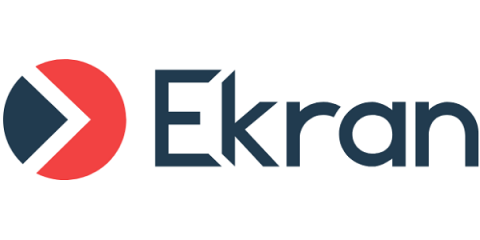Increase Employee Productivity with User Activity Monitoring
High employee productivity is vital for your business’s success. Yet only 34% of US employees are engaged with their work (and 13% are actively disengaged) according to a 2018 poll by Gallup. But the productivity of even the most engaged employees tends to decrease over time. Workers require constant support to stay productive. This is especially important when dealing with remote employees, as they aren’t within their manager’s eyesight and have lots of domestic distractions.


